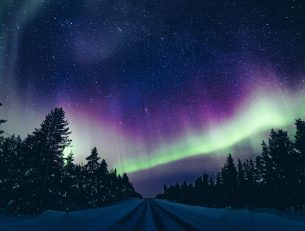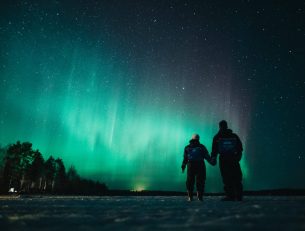Lapland, nestled in the northern reaches of Europe, is a magical destination renowned for its pristine landscapes and the breathtaking natural light show known as the Northern Lights, or Aurora Borealis. On a Northern Lights holiday in Lapland, you can head out on viewings on a heated sleigh in the dark wilderness, or witness the lights dancing across the sky from the comfort of a glass roof cabin.
Travelers from around the globe flock to this Arctic wonderland in hopes of witnessing the dancing colors across the night sky. However, the question on every Aurora enthusiast’s mind is, “What month can you see the Northern Lights in Lapland?” In this article, we’ll explore the best months to catch this celestial spectacle and delve into the factors that make Lapland a prime location for Aurora hunting.
Understanding the Aurora:
Before we dive into the best months to see the Northern Lights, it’s crucial to understand the science behind them. This stunning phenomenon occurs when charged particles from the sun interact with Earth’s magnetic field and atmosphere, producing luminous displays of green, purple, and pink lights in the night sky. To witness this ethereal dance, conditions such as darkness, clear skies, and solar activity play a crucial role.
The Prime Months for Northern Lights in Lapland:
- Autumn (September to October):
- As summer transitions to winter, the nights gradually become darker, providing better visibility for the Northern Lights.
- The temperatures are milder compared to the winter months, making it a comfortable time to explore Lapland.
- Winter (December to February):
- Lapland’s winter months offer the longest and darkest nights, increasing the chances of seeing the Northern Lights.
- Crisp, clear winter skies contribute to optimal viewing conditions.
- Spring (March to April):
- Similar to autumn, spring in Lapland boasts darker nights as the region emerges from the winter season.
- The milder temperatures make it a pleasant time to experience the Northern Lights without the extreme cold.
Popular Northern Lights Holidays in Lapland
Factors Influencing Northern Lights Visibility:
- Solar Activity:
- The sun goes through an 11-year solar cycle, affecting the frequency and intensity of the Northern Lights. Periods of high solar activity, known as solar maximum, increase the chances of witnessing vibrant displays.
- Geomagnetic Storms:
- Strong geomagnetic storms, triggered by solar winds, enhance the visibility and extend the range of the Northern Lights.
- Clear Skies:
- Unobstructed views of the night sky are essential for spotting the Aurora. Cloudy or overcast conditions can hinder visibility.
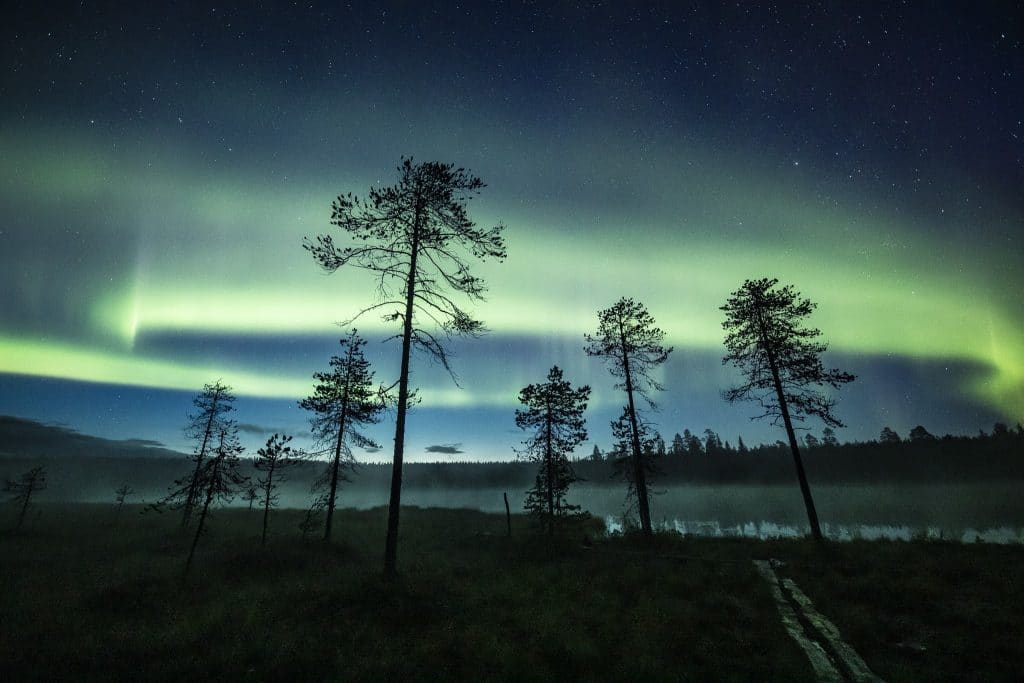
Lapland, with its pristine landscapes and Arctic charm, offers a front-row seat to one of nature’s most spectacular shows—the Northern Lights. While the ideal months for Aurora hunting are typically from autumn to spring, keeping an eye on solar activity and choosing clear, dark nights will significantly increase your chances of witnessing this mesmerizing celestial phenomenon. So, pack your warmest clothes, venture into the Arctic wilderness, and prepare to be awestruck by the enchanting dance of the Northern Lights in Lapland.
With Not In The Guidebooks, we can give you the very best chance at catching this spectacle with holidays tailored towards escaping light pollution and venturing out into the wilderness, so that you can tick off this classic bucket list experience.




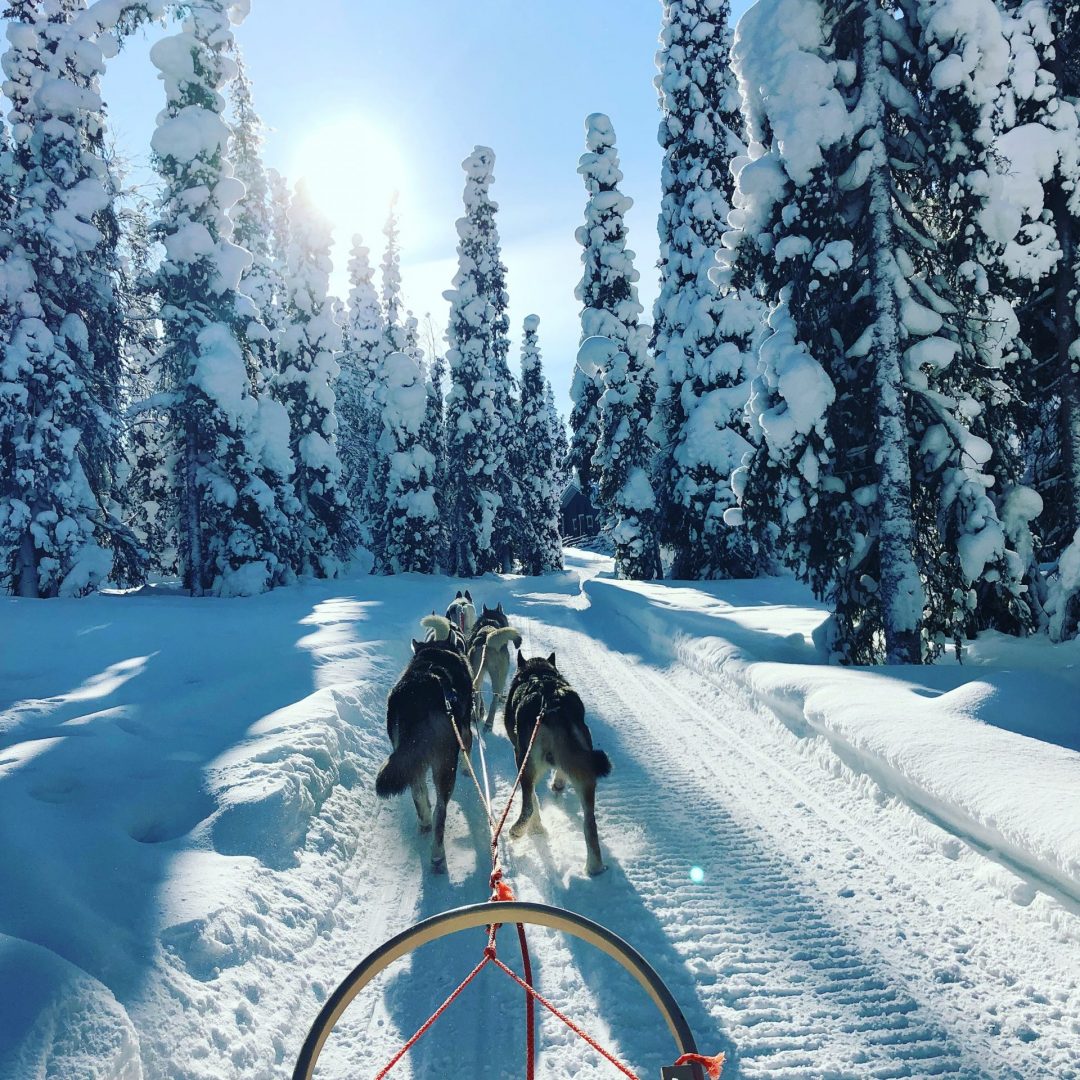
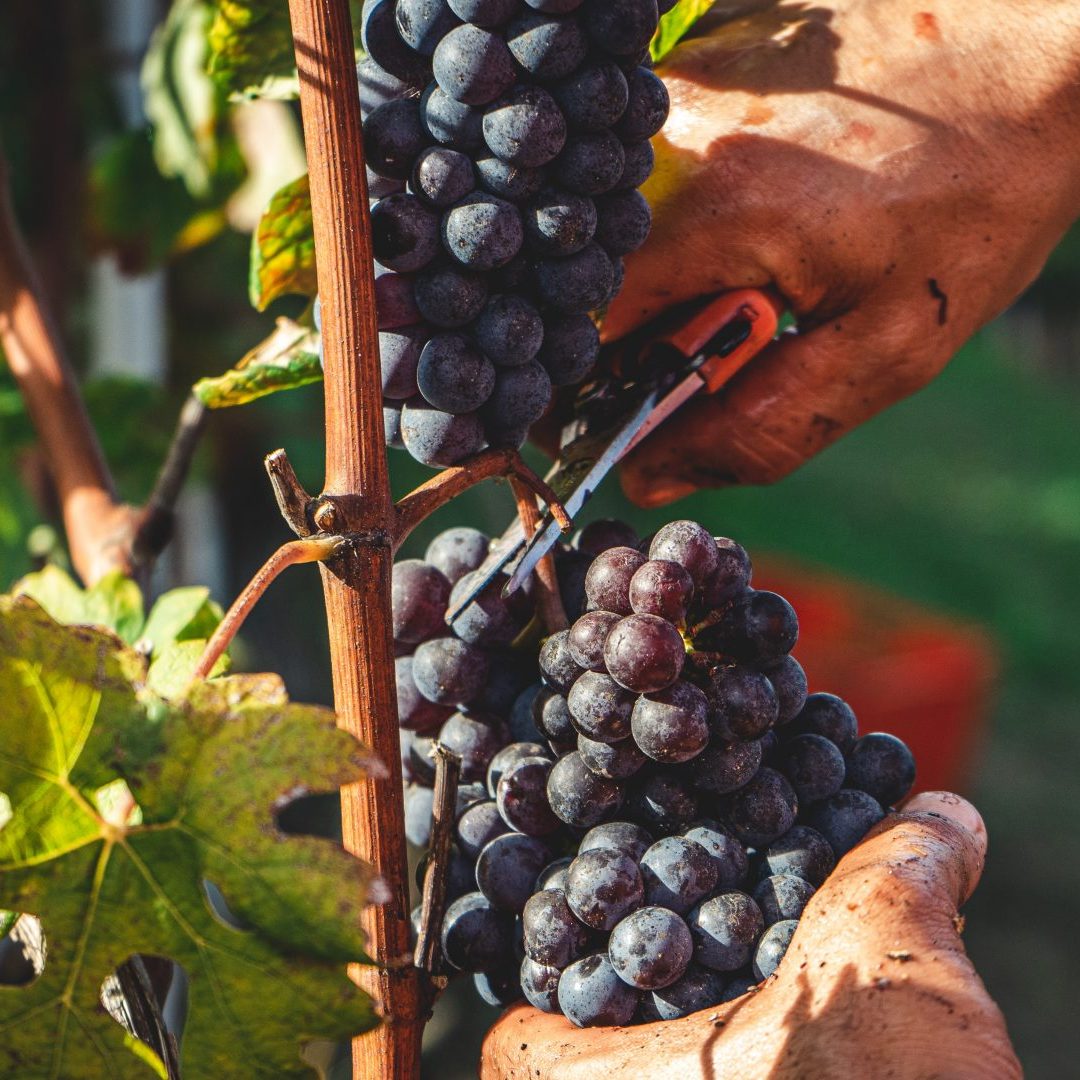
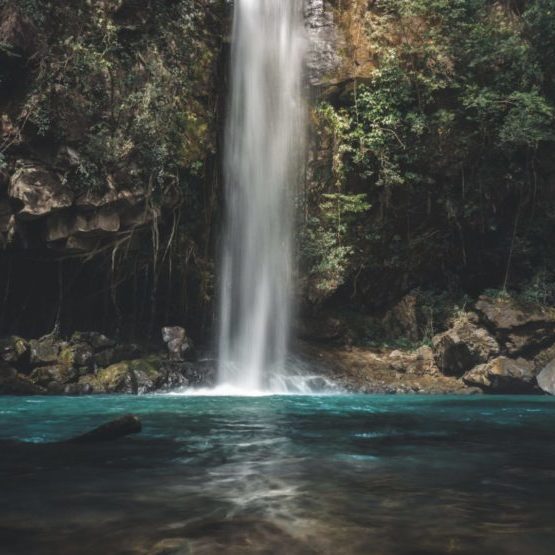
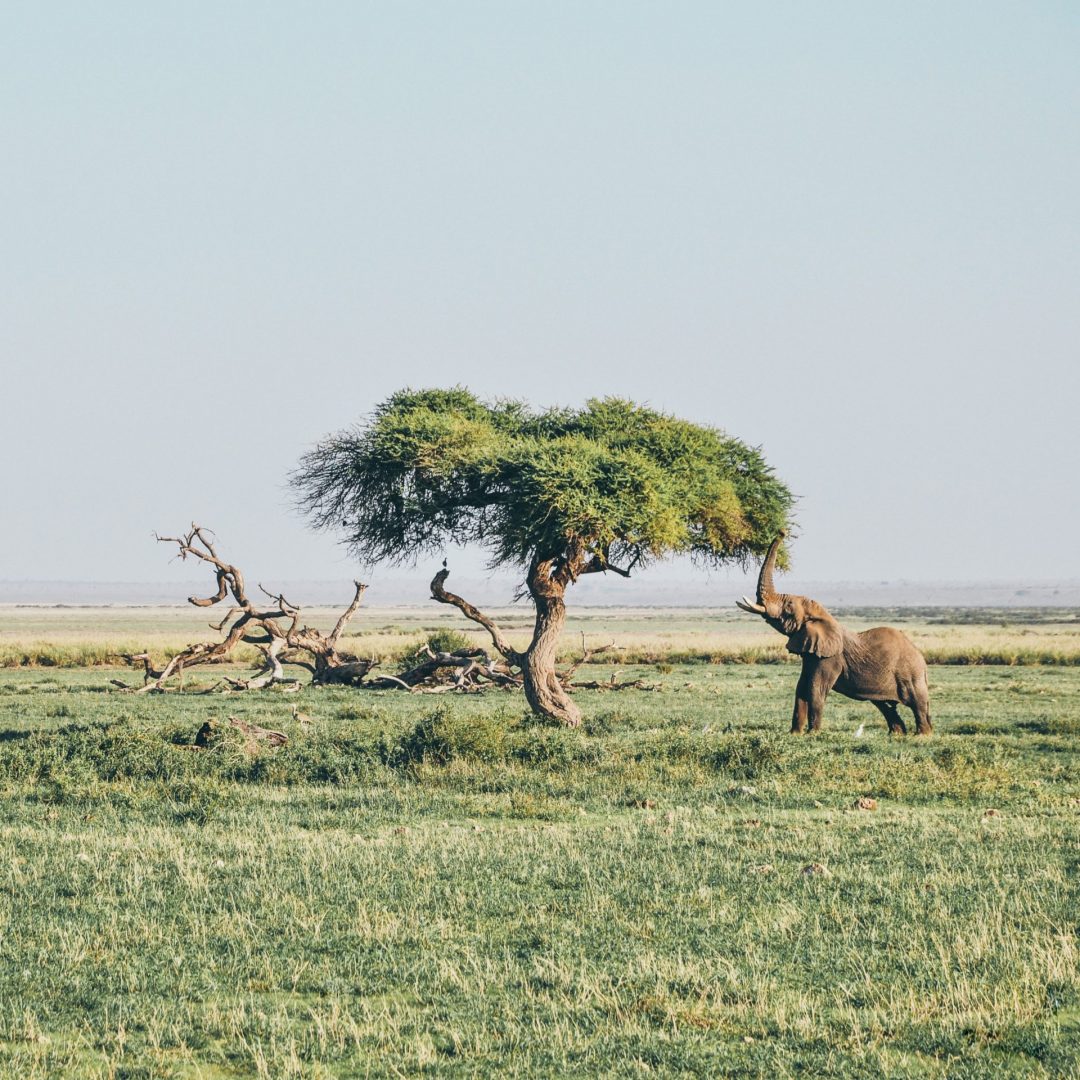
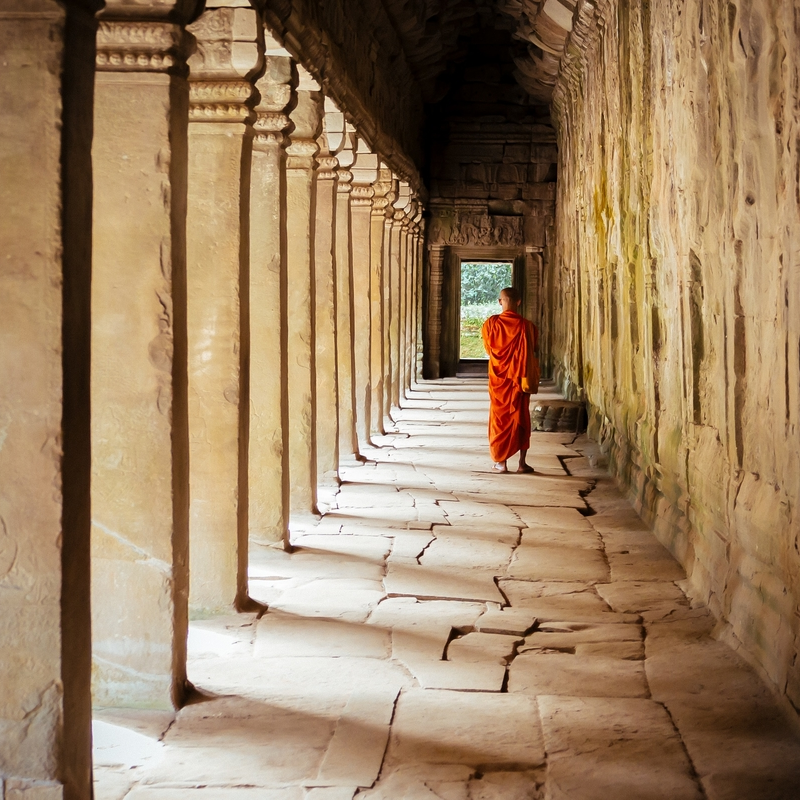
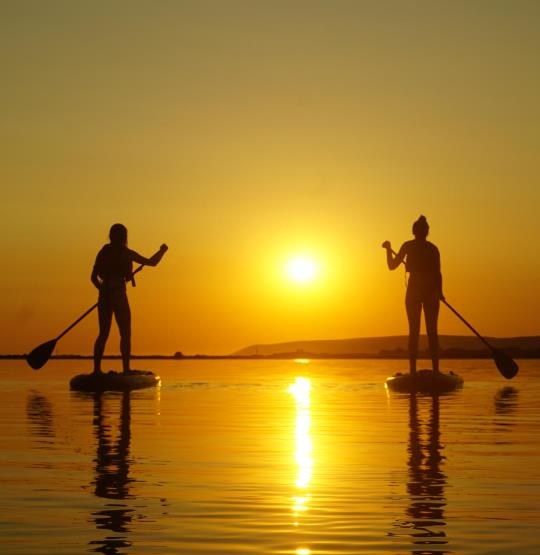
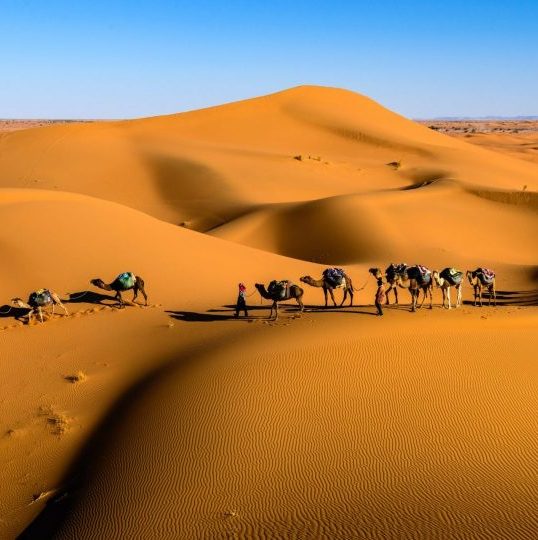
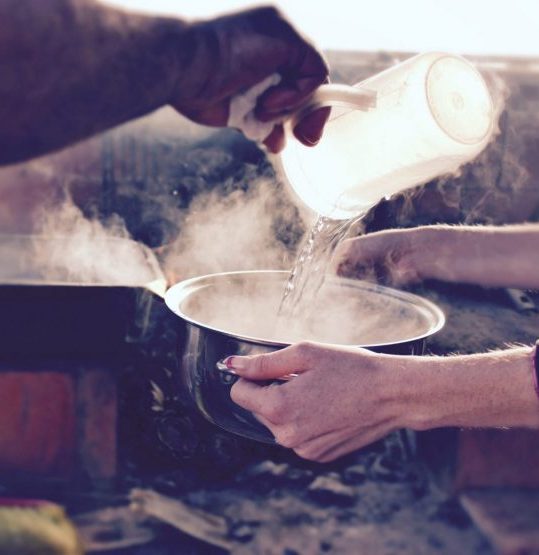
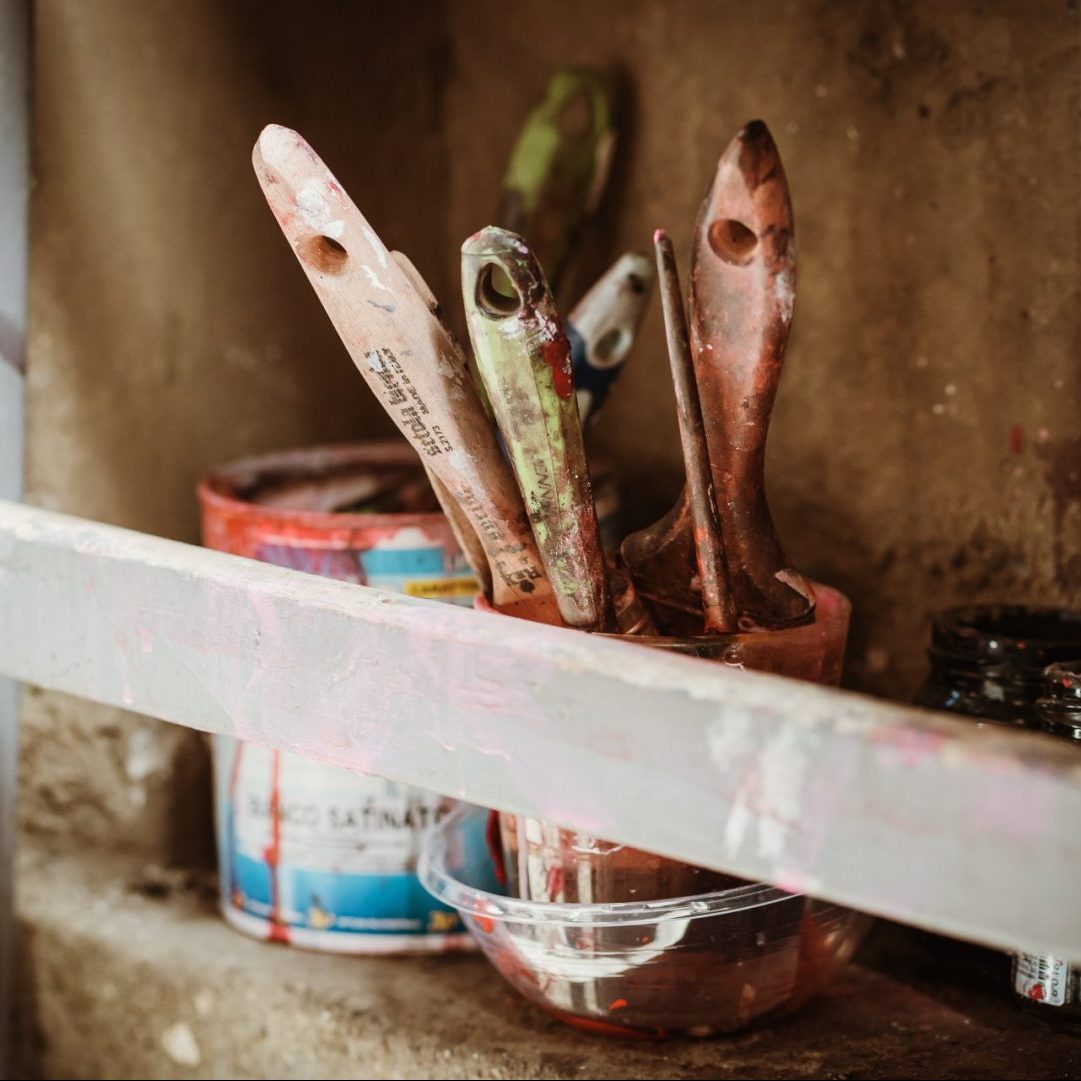
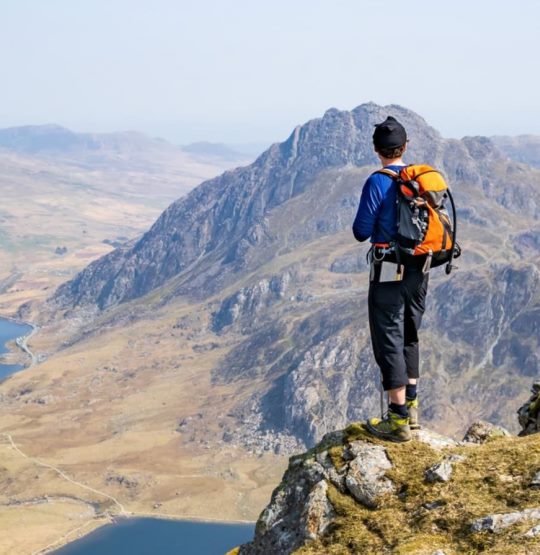
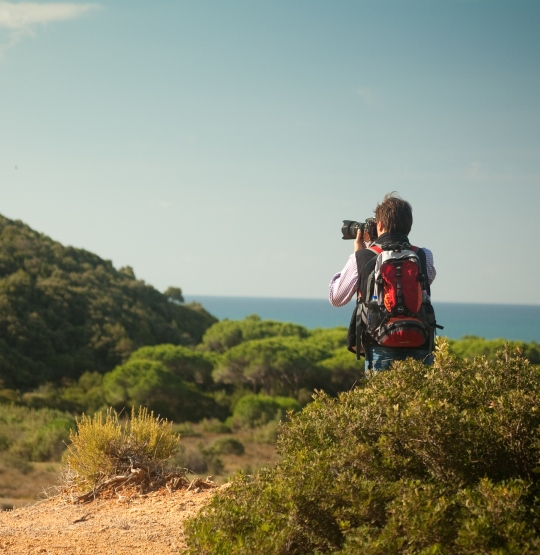
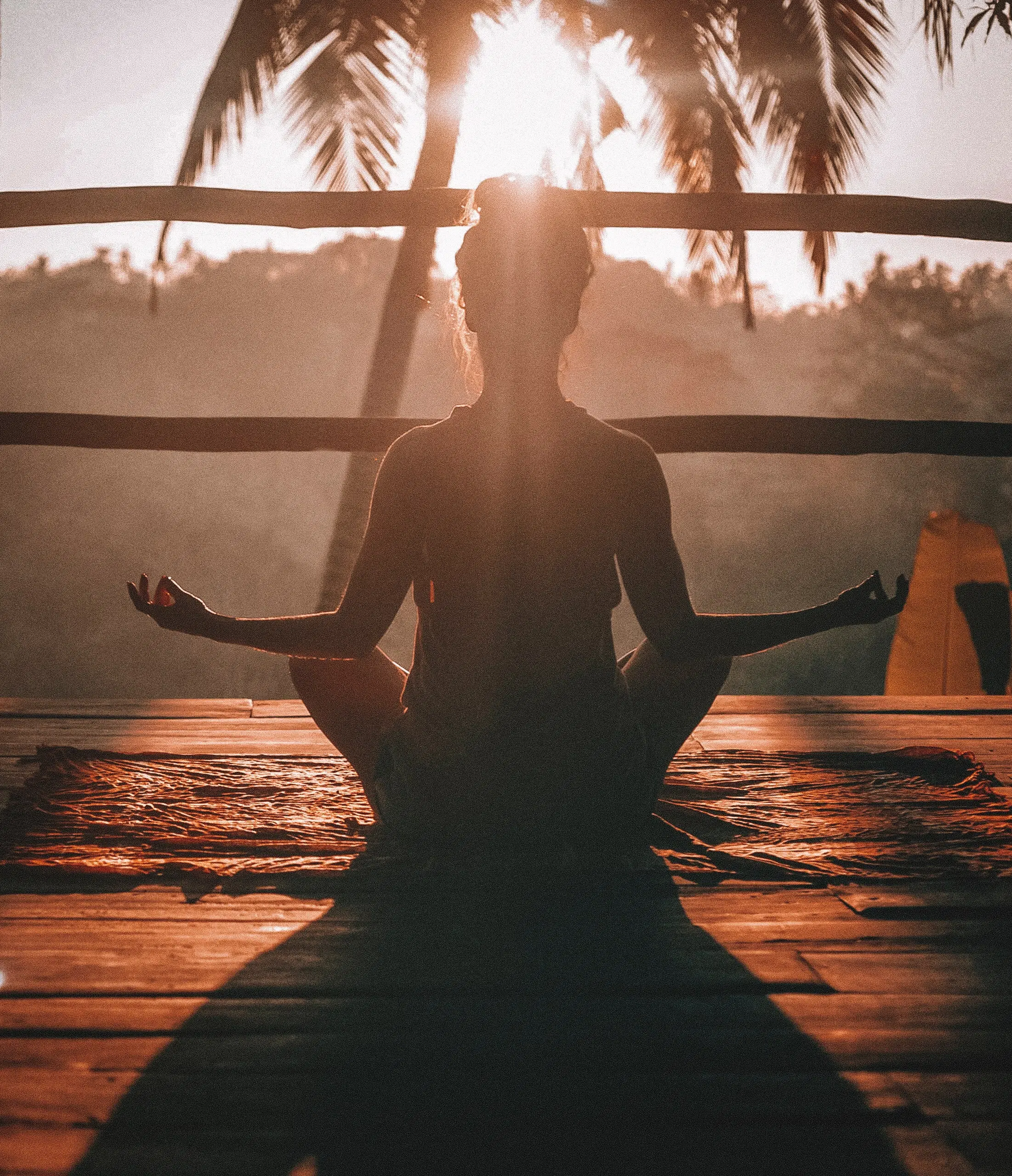
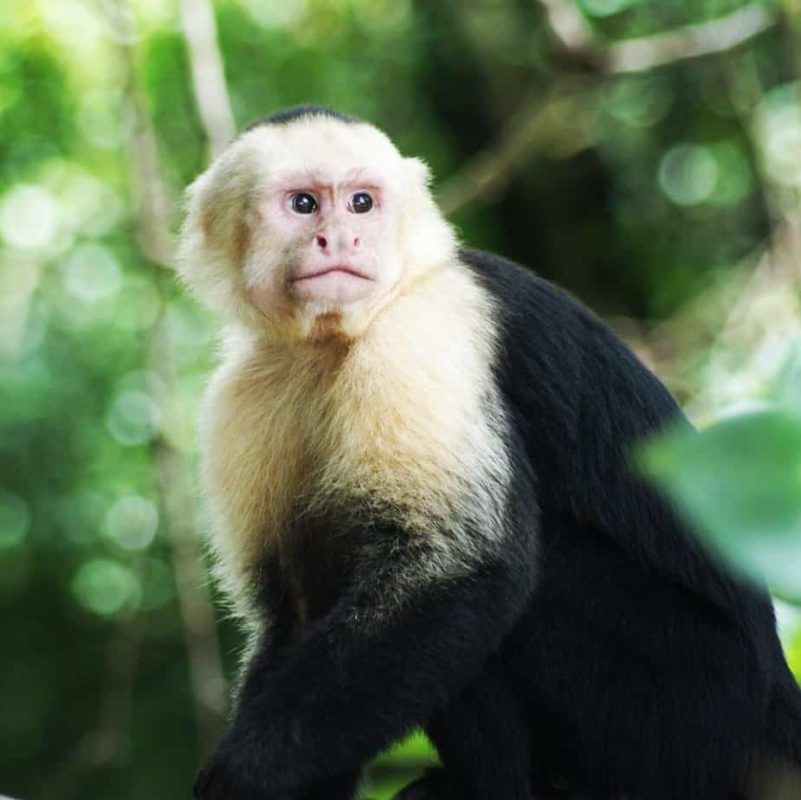
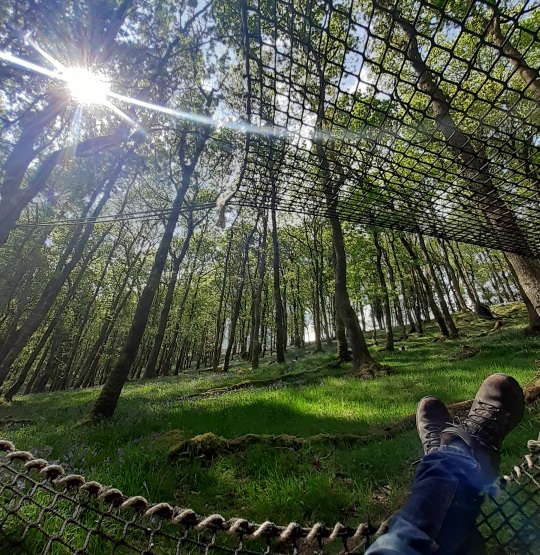

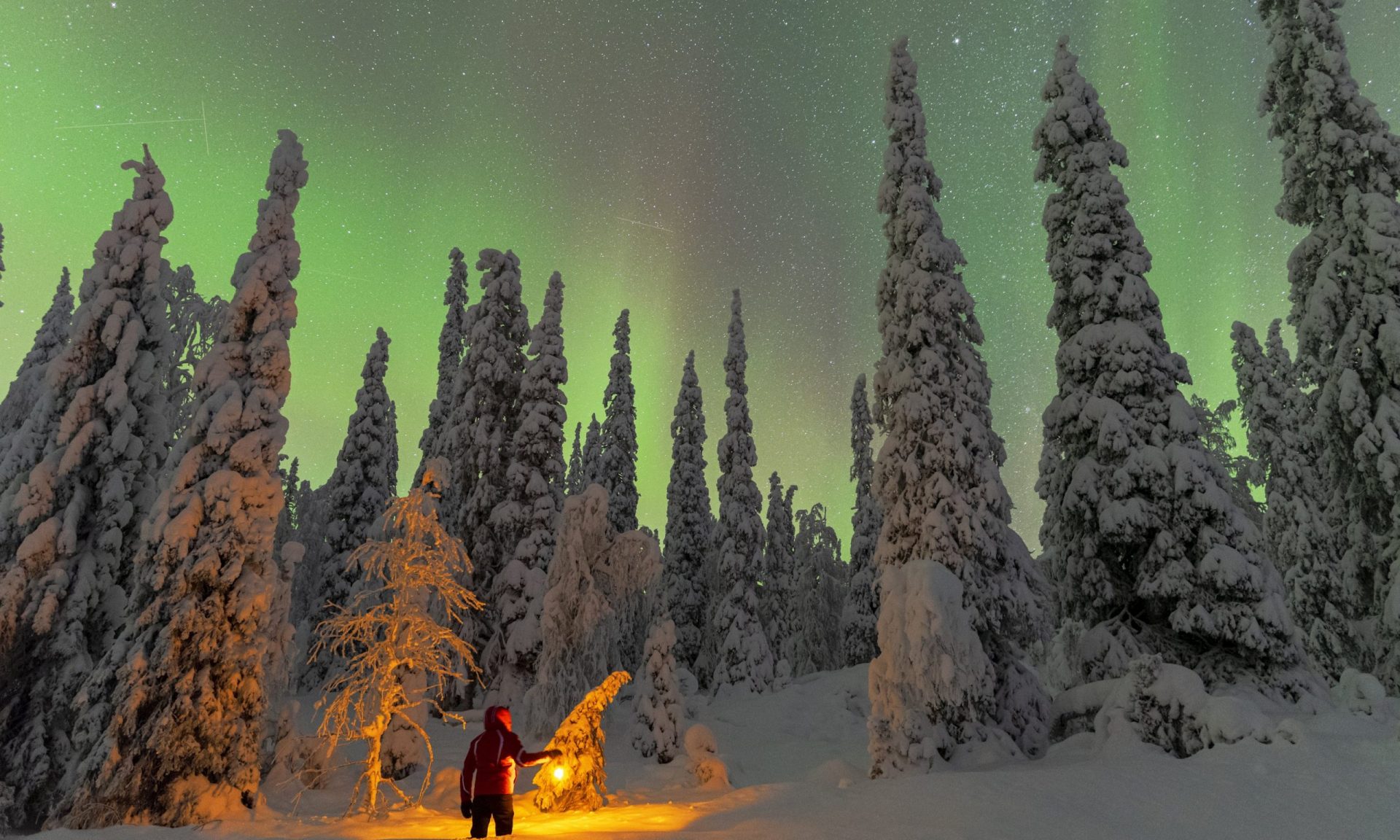

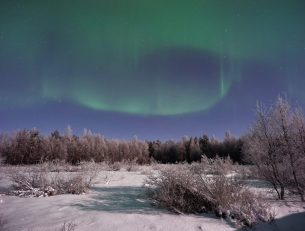
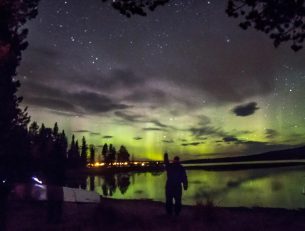
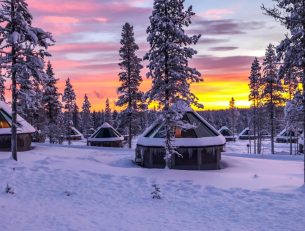
 Levi
Levi 
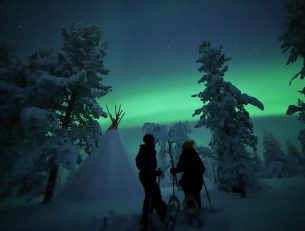
 04/01/2024
04/01/2024 